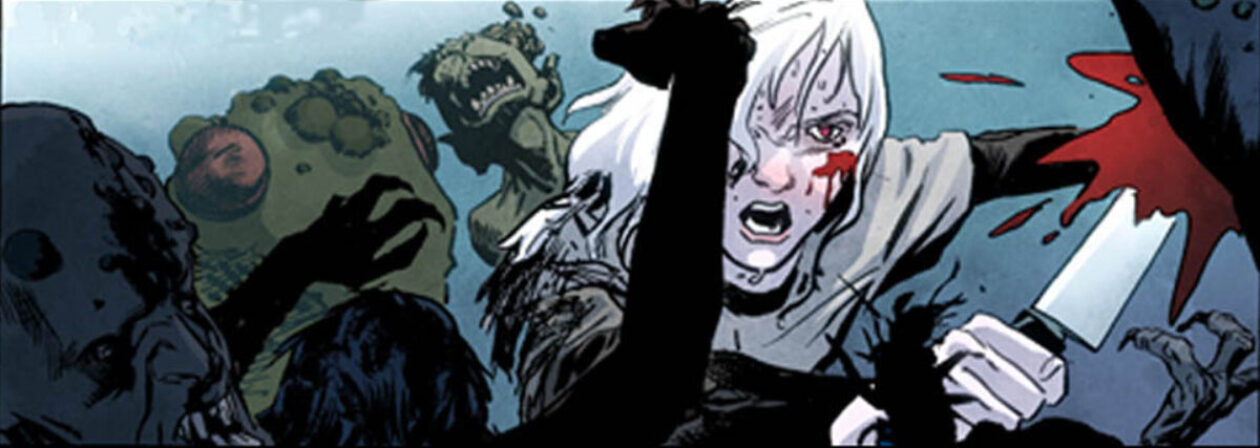There are a number of separate crafts at work in comics. The skillful depiction of form in space, or “drawing;” the manipulation of elements in a picture to communicate content, or “illustration;” and the juxtaposition of pictures to create a narrative, or “sequential storytelling.”
Since drawing is primary, work on that first. Get a sketchbook and see if you find drawing pleasurable. While it seems as though it should be unmitigated bliss, not everyone, in fact, enjoys spending long hours wrestling their brain into finding ways to express the seeing of specific three dimensional objects by means of a series of two-dimensional marks on paper. It isn’t for everyone.
If you want to discipline yourself from the start, get a copy of Doctor Betty Edwards’ “Drawing on the Right Side of the Brain” and do the exercises in there. Work at them faithfully and you can take tremendous leaps in a relatively short time. Supplement this with small still-life drawings, and copying from photos and other pictures. Pick up some old master drawings and study them carefully. Try laying tracing paper over them to break the drawings down into the simple geometric forms of which they were built.
A good series of books for the beginner are the various “How to draw” books by Jack Hamm. David Chelsea, a respected illustrator and cartoonist, has written a fine book on perspective which I also recommend.
Edwards’ book will have you doing a bit of life drawing towards the end. Once you’ve finished it, do a lot more. Call in favors from family members and friends and make them pose for you in as little clothing as modesty permits. If you can, find a regular life drawing session to attend somewhere.
Once you’ve developed some skill at drawing, you’re ready to tackle the second aspect of the craft, illustration. You’ll still be solving drawing problems, of course, but you’ll add to them new difficulties. This is where you start thinking about things like expressive composition, character types, clothing, lighting, angle of viewing, gesture as acting, props, tableau. Study fine art painting, photography, illustration, movies, theater and comics and learn how they use these tools to make a picture tell a story.
This can be combined with the third aspect, sequential storytelling. Watch movies with the sound turned off to learn about the effect of the juxtaposition of images. Study the best cartoonists as analytically as possible- their approach to panel to panel continuity, and their design of pages as a unit. Look at what they leave in and what they omit and try to figure out why. I used to sit down with “Spirit” stories by Will Eisner and write out a detailed paragraph describing the content of each panel how it relates to previous and subsequent ones to advance the story. Try writing and illustrating some eight page stories. Set rules for yourself and follow them. Do one story in simple cartoons, another with the most realistic figures you can muster. Eliminate lighting and work with contour line only, or eliminate line and work with solid areas of white, black and grey. Say that this story will be all pen, this one all brush. This story will turn on subtle nuances of gesture, while this one is all brooding menace and volcanic expressionism. Use a strict panel grid, then try unbordered vignettes. Try a variety of approaches, and you may even start to see a style coalesce.
